Fashion Designing Phase 2: From Sketches to Manufacturing (For the Home Sewer)
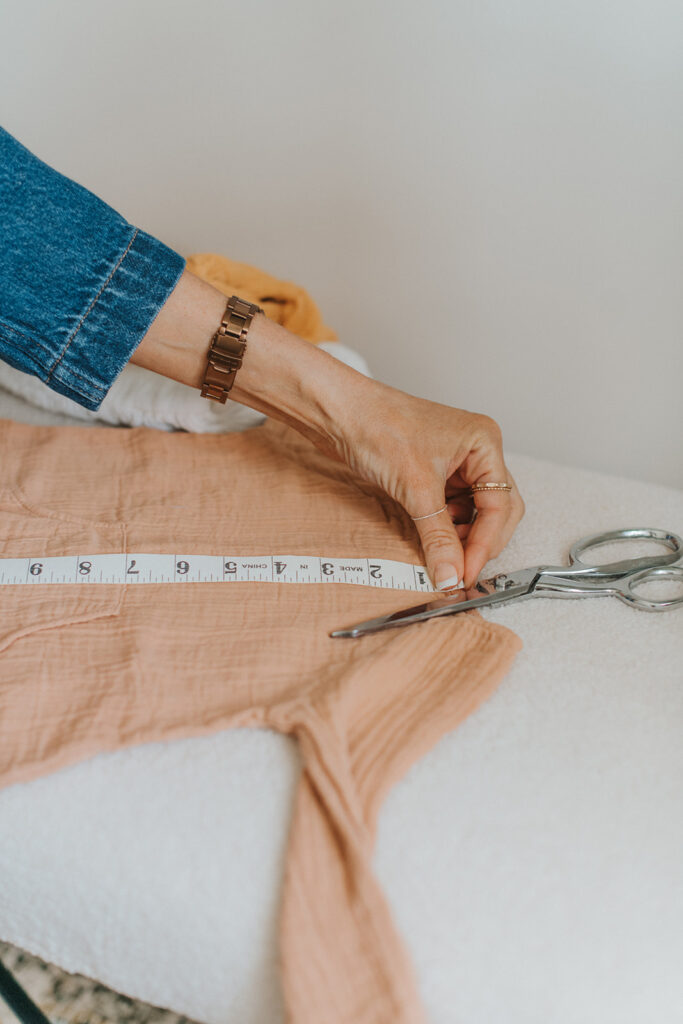
When it comes to fashion designing, not every brand starts with a full production run. Many of today’s most creative designers began at home like I did, sewing for themselves, making gifts for friends, or selling a few pieces at local markets before growing into something bigger.
It doesn’t matter if you’re creating for fun or testing the waters of a small business, there’s still a process to follow to ensure your pieces look professional, fit consistently, and are ready to sell with confidence.
Below, I’ve broken down the essential steps to take your sewing from hobby to micro business, whether your goal is to sell made-to-order pieces, run preorders on Instagram, or simply sew for your own wardrobe.
→ And if you missed Fashion Designing Phase 1, check it out here.
Key Takeaways
- 5 Steps of Manufacturing for Home Sewers
- Start With a Pattern
- Choose Your Fabrics
- Sew Your Pieces
- Create Samples
- Marketing & Sales
- What’s After Fashion Designing & Manufacturing?
The 5 Steps of Manufacturing for Home Sewers
Turning your sketches into fully-fledged garments is what actually brings your vision to life. And while it can be tedious, I developed a simple fashion designing framework that breaks manufacturing down into five core steps. No matter the size of your business, following these stages helps keep your process organized, consistent, and professional.
1. Start With a Pattern
Before you can start sewing, you need a pattern. This is what turns your sketch into a garment you can actually produce. You have a few options here:
- Draft your own pattern if you’re confident in your skills and want full creative control.
- Work with a professional pattern maker if you want a polished, production-ready base.
- Purchase a licensed pattern from a company that allows resale (important if you plan to sell).
Even if you’re making small quantities, think carefully about grading. Do you want to offer multiple sizes, and if so, which ones? Consistent sizing is key for building trust, even if your brand is just getting started.
2. Choose Your Fabrics
Fabric selection is where your creativity really shines. As a home sewer, you might love browsing local shops and feeling different textures for inspiration. But if you’re planning to sell, it’s smart to apply for a state license so you can access wholesale pricing. That way, you can keep your costs manageable and make a profit.
→ Need exceptional fabrics at an insane price point? Shop our collection at Persnickety Fabrics.
3. Sew Your Pieces
Once your pattern and fabric are ready, it’s finally time to sew – the part that most of us (including myself) fell in love with in the first place. There’s just something magical about watching a piece of cloth turn into something wearable, useful, and beautiful. Something you created with your own hands.
→ Check out my expert hacks on how to gather fabric without a gathering foot here.
If you’re sewing for yourself, this is where you get to enjoy the process without any pressure. But if you’re looking to turn your passion into a business, things work a little differently.
At this stage, you’ll need to think about your production model, and there are two main approaches to consider on this small scale:
- Made-to-Order – Sew each piece as it’s purchased. This minimizes inventory risk but may require longer turnaround times.
- Preorders – Collect customer orders before producing. This is very low risk since you’re only buying fabric you know you’ll use, but you’ll need to communicate clearly with customers about extended shipping windows.
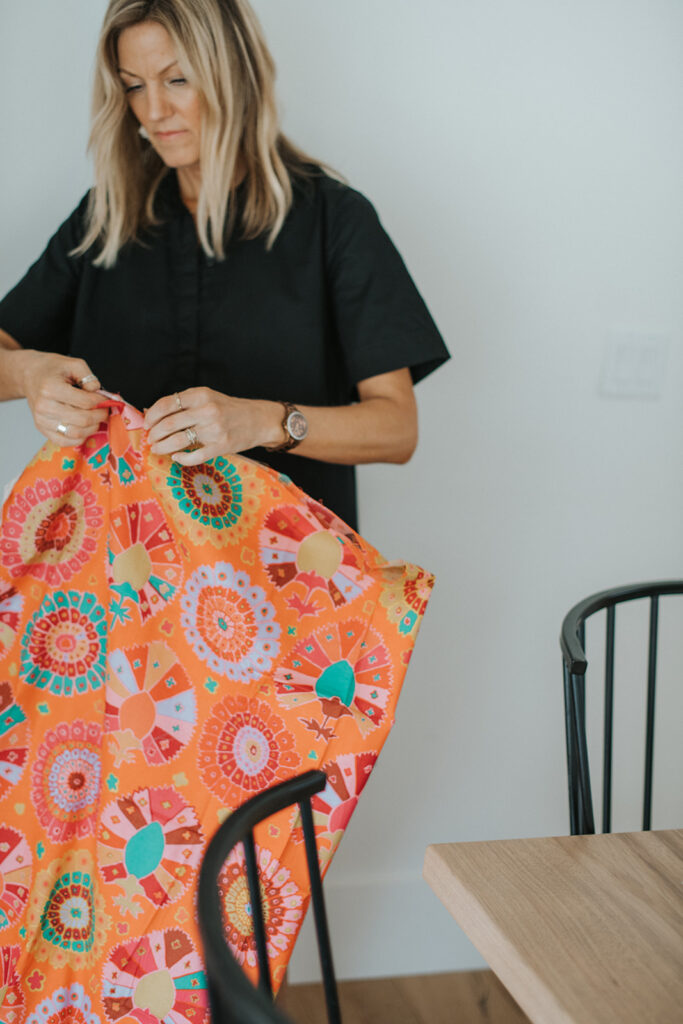
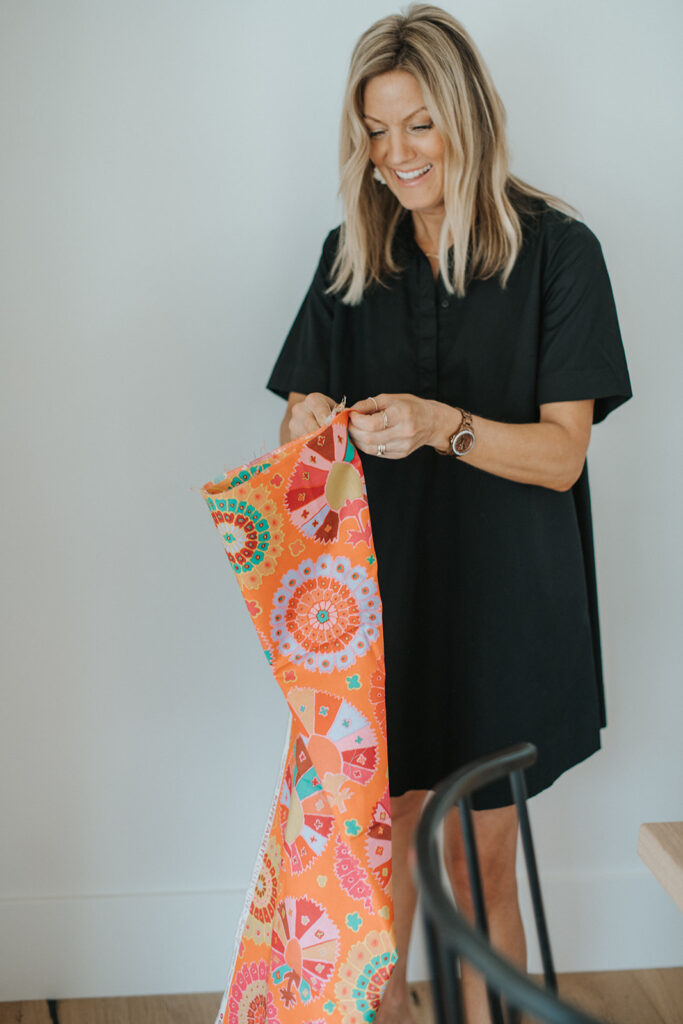
This is where you can really shine with customers who love “handmade” items. Take the time to capitalize on this element of your business, because it makes you really stand out from the crowd! What’s even better – use social media to showcase the behind-the-scenes process (designing, producing, packaging, etc).
Both of these models work well for micro fashion designing brands because they keep upfront costs low and allow you to test which designs resonate most with your audience.
4. Create Samples
Samples aren’t just for big fashion design businesses; they’re just as important when you’re working on a small scale. Even if you’re only making a handful of pieces, taking the time to create a sample lets you test out the fit, function, and overall style before diving into production. Personally, I’ve found that samples save a lot of headaches (and fabric!) in the long run.
If you’re planning to offer multiple sizes, you can stick with your graded pattern, or take it a step further and invest in body forms for each size. I’ll be honest, body forms can feel like a splurge at first, but they’re such a worthwhile investment if you’re serious about growing your brand and want your designs to stay consistent.
And once you’ve got your samples looking just right, they become your best friend for marketing. Whether you style them on a model, use a dress form, or even get creative with flat lays, polished photos will make your product look professional and ready for customers.
→ See my photoshoot blog series for tips on getting this right!
5. Marketing & Sales
For small-scale fashion design brands, marketing can be just as important as the sewing itself. Your audience is more likely to discover you online than at a craft fair, so it’s smart to invest time in creating a digital presence. I always recommend a Shopify website, no matter how big or small your brand. It gives you credibility and a professional storefront from the very beginning.
Social media is a powerful tool here. Platforms like Instagram and TikTok are perfect for showcasing behind-the-scenes sewing, fabric hauls, or styling videos. Social proof can go a long way toward building trust with new customers.
You might be sewing just for yourself, selling a few pieces at a local fair, or building an Instagram-based preorder brand. But no matter the scale, the steps you follow make a huge difference. Start with a solid pattern, choose quality fabrics, keep your sizing consistent, and be intentional with how you share and market your work!

What’s After Fashion Designing & Manufacturing?
Ready to bring your sewing projects to the next level? At Persnickety Fabrics, I’ve carefully curated a collection of high-quality fabrics that inspire creativity and help your pieces look their very best. I know firsthand how much a great fabric can transform a design, from fit and drape to overall feel, and I want makers like you to experience that same satisfaction.
Whether you’re sewing for yourself, gifting a loved one, or creating small batches to sell at a local fair or online, having fabrics you love working with makes the process more enjoyable and your results more professional. Take a look at our collection and find materials that match your vision. Every piece of fabric you choose is a step closer to turning your ideas into beautiful, finished garments.
And for those who want to sew timeless pieces for their loved one, check out our selection of patterns here.
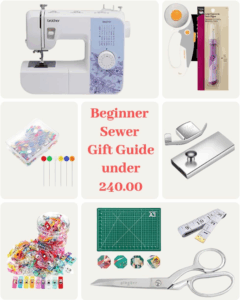
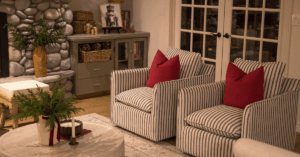
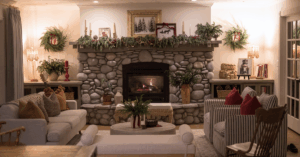
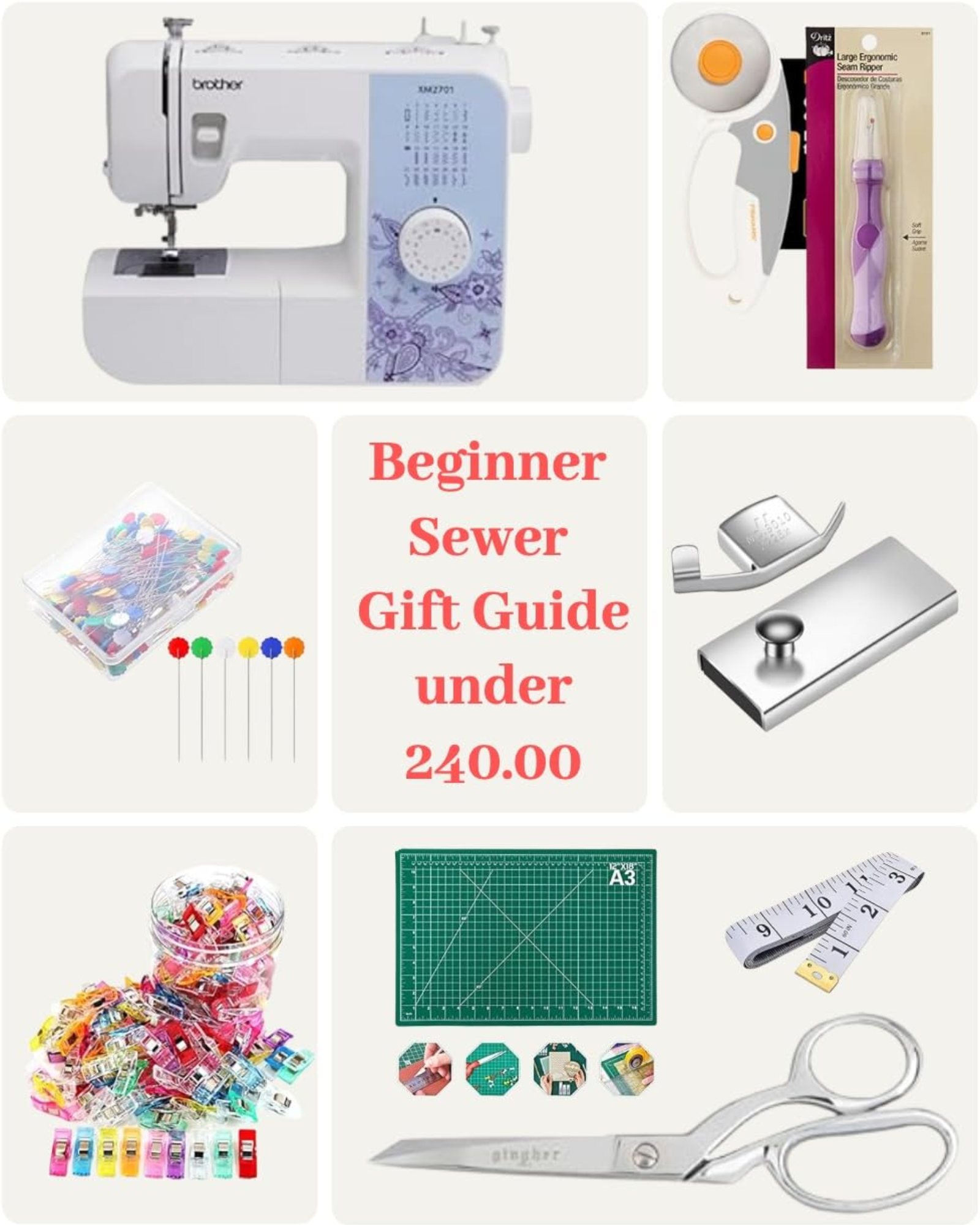



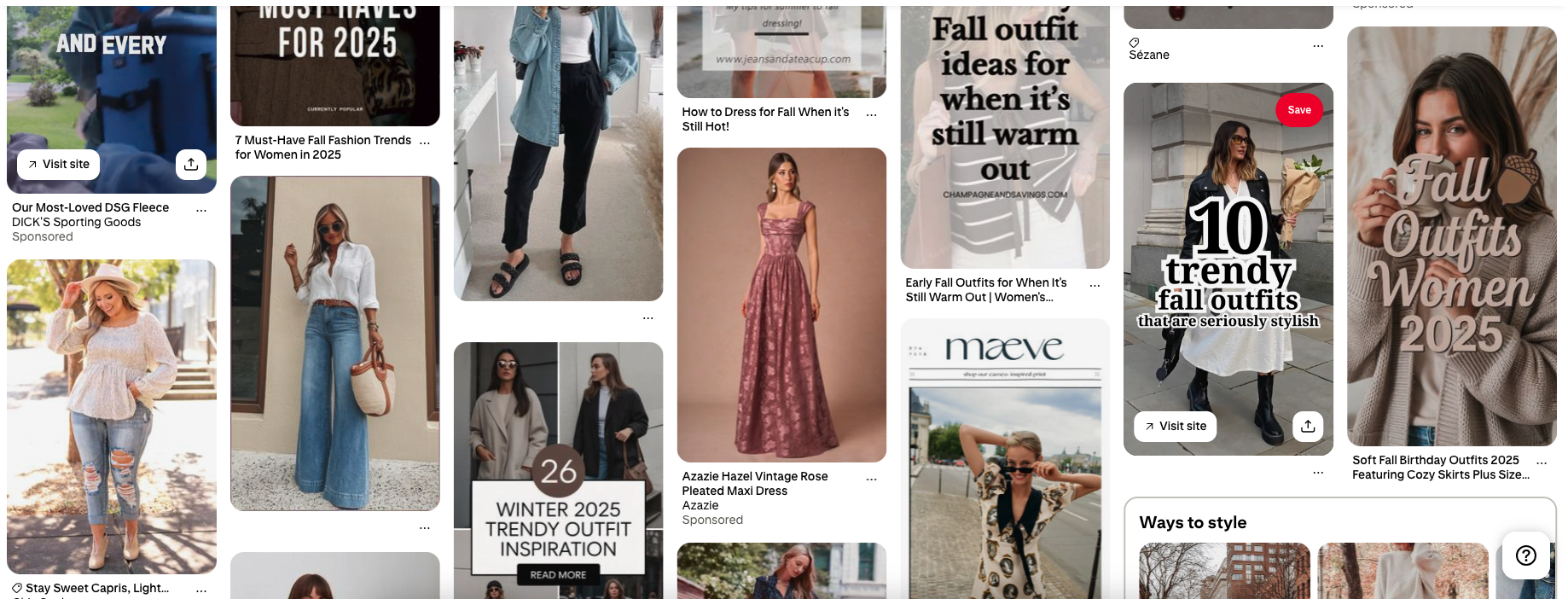
Read the Comments +